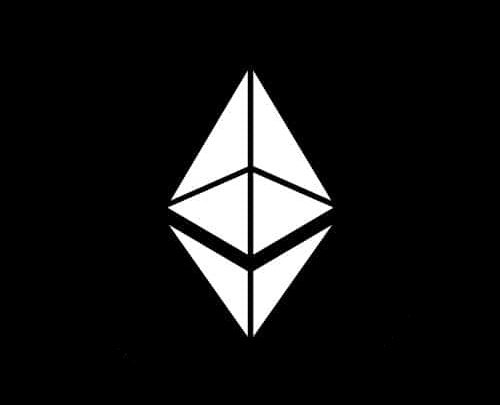Mine Ethereum (ETH)

Mine Ether – new feature of IdleMiner
In its short time in the spotlight, Ethereum has cast an enormous shadow. It has grown by around 4000 percent in 2017. The platform has already attracted massive corporations like JP Morgan Chase and Microsoft, who are among the more notable members of the Enterprise Ethereum Alliance, which aims to provide “Resources for businesses to learn about Ethereum and leverage this groundbreaking technology to address specific industry use cases.”
What is Ether?
Ether is a necessary element — a fuel — for operating the distributed application platform Ethereum. It is a form of payment made by the clients of the platform to the machines executing the requested operations. To put it another way, ether is the incentive ensuring that developers write quality applications (wasteful code costs more), and that the network remains healthy (people are compensated for their contributed resources).
The entire Ethereum network is a giant mass of nodes (computers) connected to one another. In fact, the entire network can be visualized as a single entity called the “Ethereum Virtual Machine” or EVM for short. All the transactions that have happened and will ever happen in this network are automatically updated and recorded in an open and distributed ledger.
Smart contracts are how things get done in the Ethereum ecosystem. When someone wants to get a particular task done in Ethereum they initiate a smart contract with one or more people. Smart contracts are a series of instructions, written using the programming language “solidity”, which work on the basis of the IFTTT logic aka the IF-THIS-THEN-THAT logic. Basically, if the first set of instructions are done then execute the next function and after that the next and keep on repeating until you reach the end of the contract.
Mining Ethereum at this point requires a 3GB GPU because of the size of the DAG file. DAG stands for Directed Acyclic Graph and is essentially a database of the existing blockchain. In order to mine the next block, your hardware needs to be aware of all the existing blocks. As of this writing, the DAG is just over 2GB, and it only gets bigger with each new step, which happens at least once a week.

